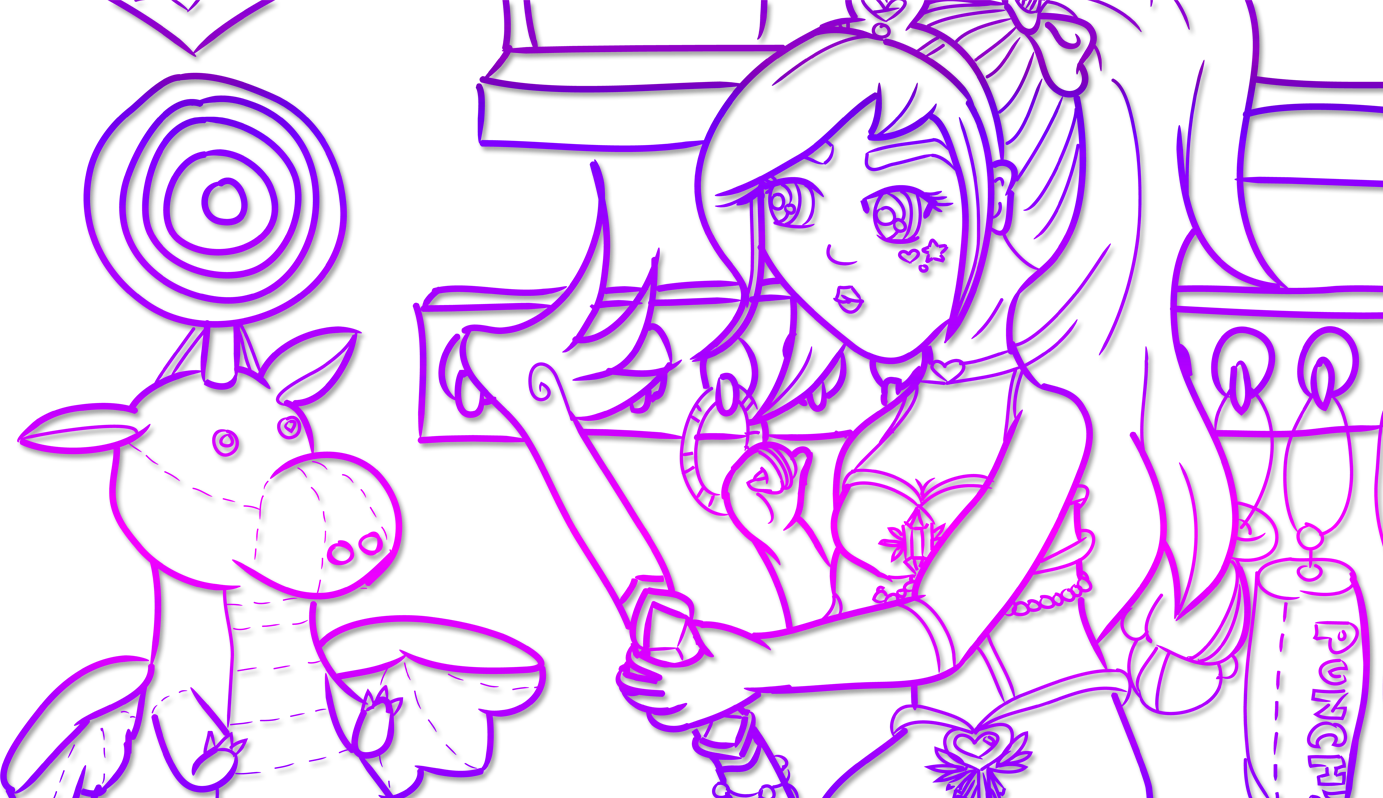(Trying to work toward graduation AND remember to blog is hard – sorry for the delay!!)
My favorite segment of the “Why Are We Still Geeks?” panel at Grace Hopper, part three featured professor Kim Surkan of Humanities & Gender Studies. Her discussion revolved around the current issues surrounding women in technology today, and steps being made toward remedying them.
Very early in the speech she made a memorable statement: “You have to remember, I am humanities, trying to step into your world – and let me tell you, your world is troubled”. With that statement alone, despite her not being a woman in the CS field today, you could tell how deeply she understood the problems plaguing women in technology today and hoped to remedy them.
She went on to discuss several distinct points hindering the cause of women in CS. For instance, both genders have a habit of correlating gender with ability in STEM fields, which regardless of actual skill causes a decrease in interest and hinders abilities, which continues to increase our gender gap. In simpler terms, both women and men perceive men as better at programming, thus women lose interest, stifle or hinder their own skills, and create an even wider divide to perpetuate this stigma.
She then cycled this concept into another called “symbolic annihilation”. She argues that the struggle there is for young women to see other women in computer science makes it difficult to protest the fact that they are underrepresented. It’s a difficult concept to wrap one’s head around at first: the best phrase for it is “It’s hard to protest an image that does not exist”. If we’ve never seen it, we have trouble conceptualizing it as a real problem.How can we address the problem of women entering STEM fields, if we have barely any women at all to turn to in the field for a frame of reference? Out of sight, out of mind as they might say.
One fact Dr.Surkan shared that I found startling was that Computer Science is the only STEM field that has seen a decrease in women joining in recent years. As a woman in the Computer Science field, I know we are few and far between – but to hear that trend is only becoming worse is something that makes me very sad. Any woman can be good at whatever she so chooses, but there is nothing about Computer Science as a field that makes it strictly male. I can think of plenty of areas that women can actually have an easier time conceptualizing than men due to how we process information. For instance, concurrency and object-oriented relations/definitions are things that I’ve seen women grasp more quickly. And for those who enjoy a human element – data analysis, human/computer interaction, usability, and user experience are all realms where a craving for “social” work can manifest in Computer Science – and are areas that sorely need workers, yet few Computer Science majors are as interested in. Not to put the genders in stereotypical boxes of course – I mean Grace Hopper developed the compiler – that says just how much women can contribute to the field in any area they choose!
Surkan continues by discussing subtle differencing in the language of Computer Science that one could also say contributes in part to the lack of women. The term hardware did not originate until 1958 – prior to that, computers were operated almost entirely by women! The word hardware versus software brings about a play on masculine versus feminine roles (men are “hard” and women are “softer”), and defined women solely as switchboard operators rather than “able to build computers”. This language change may have helped solidify the gender divide within Computer Science – where women are thought to be able to use the computers, but not build them or program on any level of real depth.
She follows this up with a case study of several events in the Computer Science world that have alienated women – and for me, these case studies were a turning point in how I viewed the CS world for women. I had known things can be bad, that we were few and far between – but some of these stories were beyond me. There was the 9-year-old girl at the TechCrunch Disrupt hackathon: who when other apps were inappropriate for someone of her age to have to see (and at least a touch objectifying to women) during demonstration, was blamed for being there – despite having built her app herself at the event. There was Anita Sarkeesian, receiving death threats for an attempt to kickstart a YouTube channel about female representation in video games. Adria Richards, who was harassed and then fired from her job for tweeting about some men making sexual jokes at a Python conference. And the more I Googled after the panel, the longer the list of stories became.
The above tied in with what she calls “brogrammer” culture – more and more startups and popular tech companies are modeling themselves in a fashion to attract young and thrill-seeking twenty-something males – to the point where the office culture resembles a fraternity house party more than corporate.<br />
Now, there’s nothing wrong with a fraternity house party, and there’s nothing wrong with a woman wanting to be a ninja or a wizard or a Jedi (as advertisements for these job may question if you are when it comes to coding), but there are elements of those environments and words that can cause women to automatically feel excluded. Perhaps when promoting jobs companies should use a second, more general, or even women-targeted ad set in addition (calling for code queens, Python princesses, and scripting sirens) if they wish to correct these images – and let their house party style be more like game&study night on the co-ed dorm floor.
When I discuss the issues of women in Computer Science today, I am constantly brought back to referencing something I learned or heard in Surkan’s panel segment and branch out my discussion from there. No one has all the answers to these issues – but she definitely helped to raise some of the problems and questions, which is always a necessary first step. More than likely I will revisit some of these issues and pose some thoughts for the future in the future – but this blog has become long enough just revisiting Surkan’s panel points.
Is there a current problem with getting women into Computer Science, and the environment for women in the field at certain locations? Certainly.
Can we fix it for the future? Definitely.
Will it happen overnight? Probably not – but if we persevere, we will overcome.
“Computer science is no more about computers than astronomy is about telescopes” – Edsger Dijkstra



